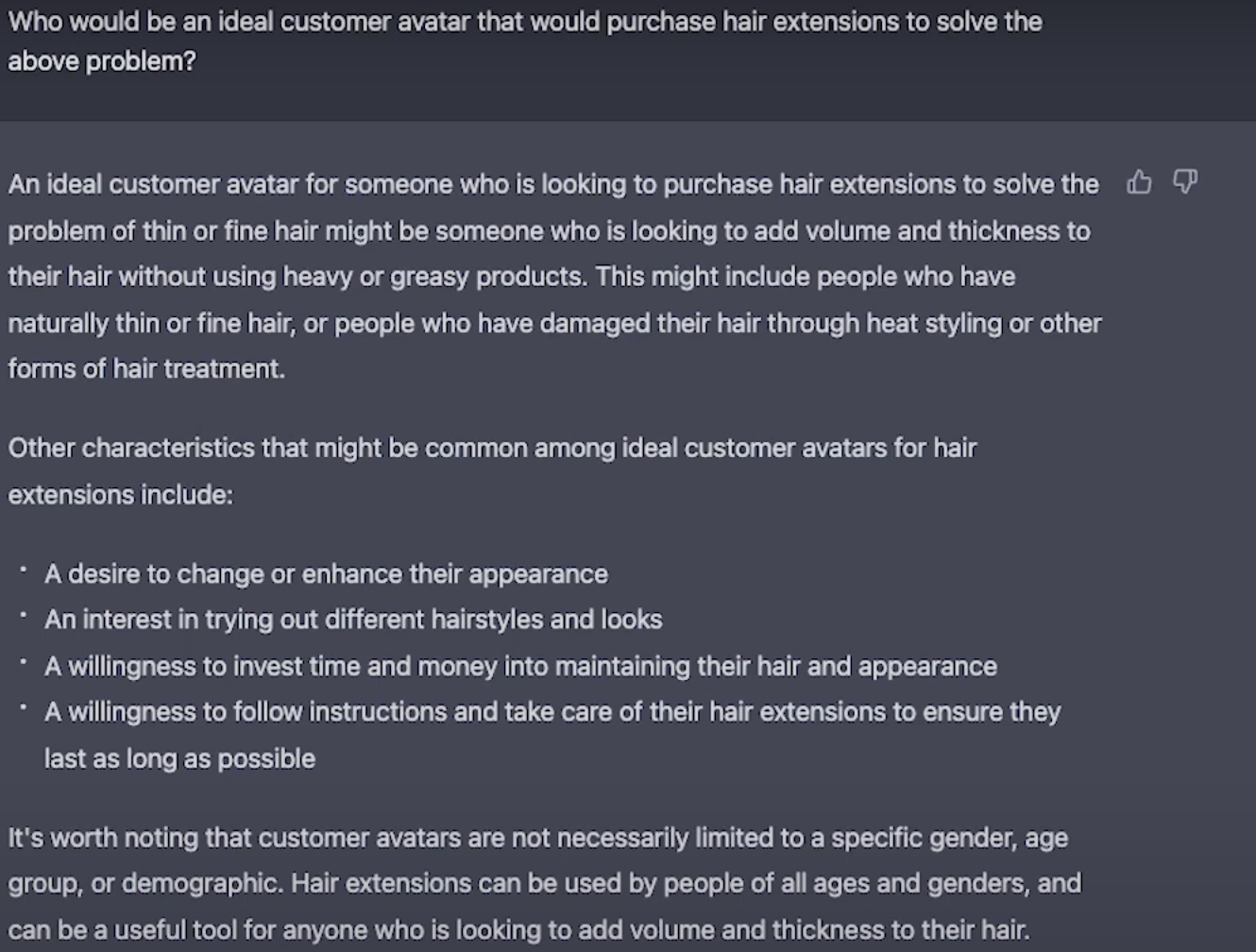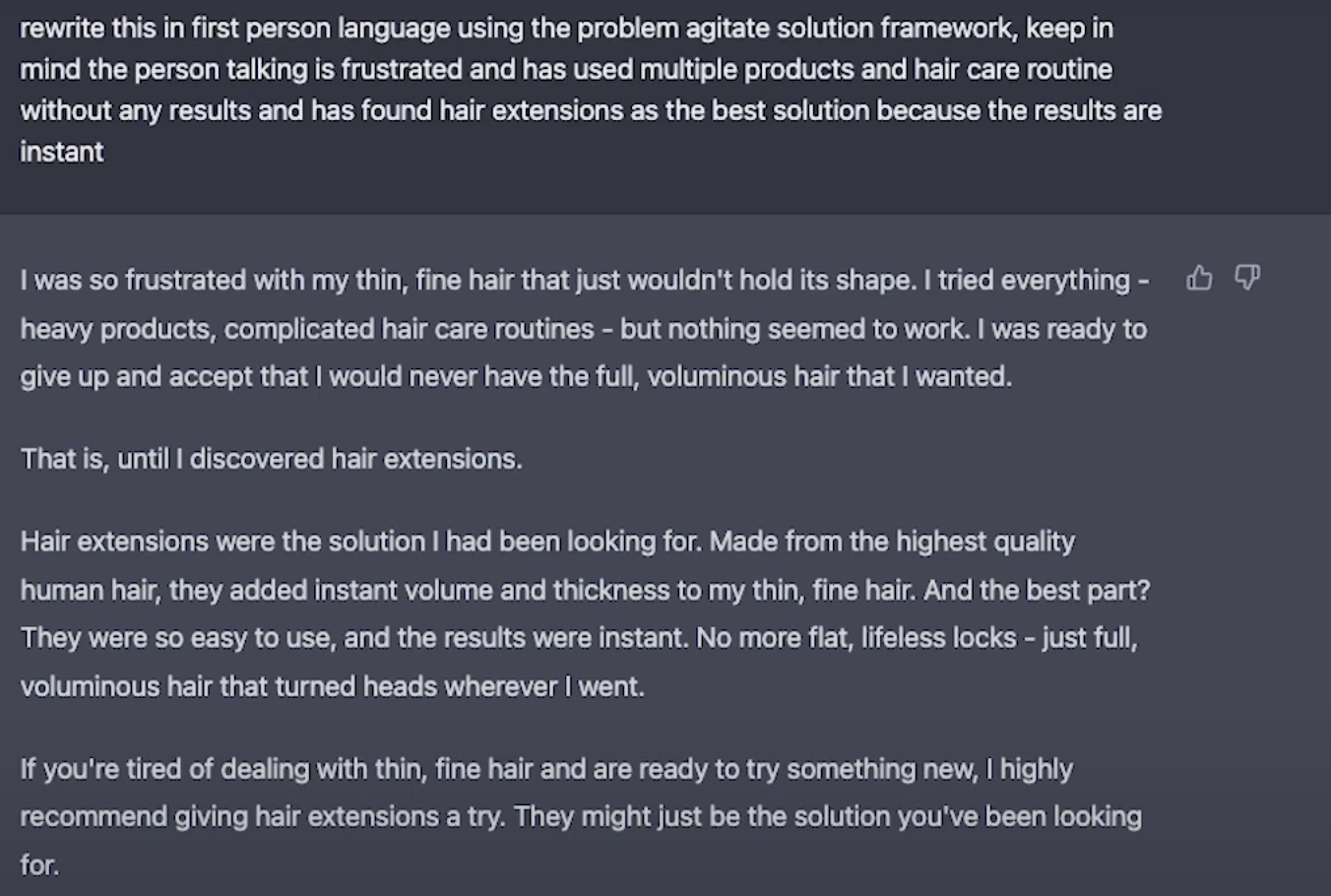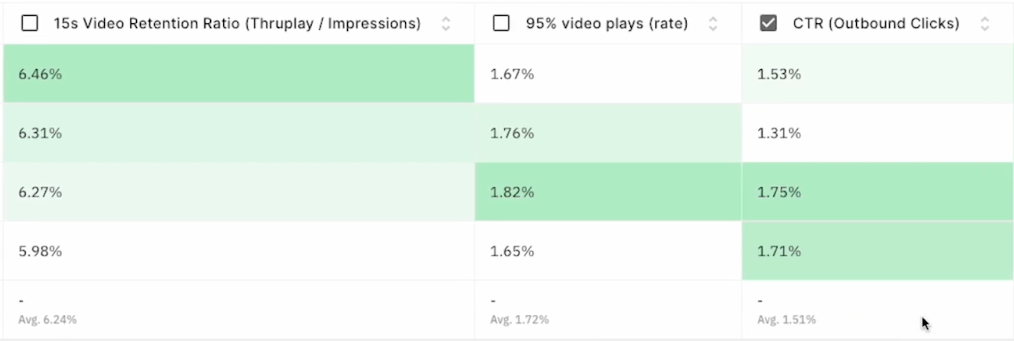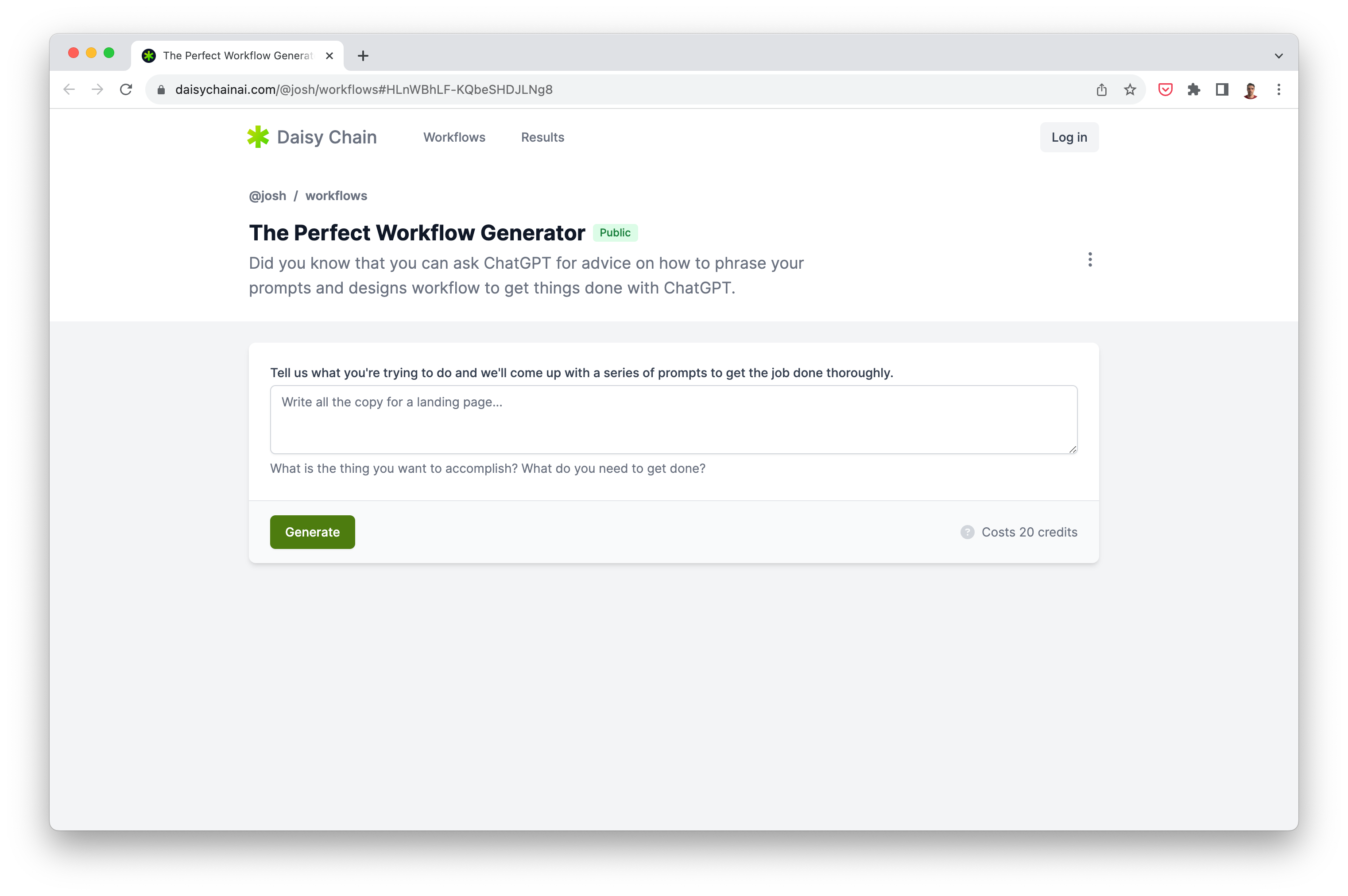What to do when ChatGPT gives you mediocre results

This article will run through a quick prompt that you can use to turn any task into a prompt chain: we call it The Perfect Workflow Generator. We will explain why you’d want to use a Prompt Chain, when chains are useful, what the tradeoffs are, and some alternatives to getting more nuance and complexity out of your GPT.
Why Prompt Chains?
Generative AI tools like ChatGPT and Claude break down when tasks get complex. There's a technique called "prompt chaining", where you break a big task into smaller tasks, that can be more effective than giving the AI one big task to do all at once.
A great example of this comes from the official guide for the AI system, Claude, created by Anthropic. The example they use is getting the GPT to answer a question from a document.
First, they ask GPT to find quotes in the document that relate to the question.
Then, they feed these quotes into the next prompt and ask GPT to answer the question.

This is a relatively complex task, and breaking it into two focused steps lets GPT handle it more effectively than it would with a single prompt.
If you're not getting the results you want, consider breaking your task down into a series of smaller, more focused prompts. Giving GPT this chain of prompts, one at a time, can make GPT more effective.
Prompt chaining can be overkill in a lot of situations
Prompt chaining is not a catch-all solution and should not be your first resort when facing a complex task.
Think step-by-step
For tasks that are moderately complicated, a simpler approach can often be just adding 'Think step-by-step' at the end of your prompt or as a follow-up to a response. This simple tweak can guide the AI to process the task more methodically.
Adding numbered steps to your prompt
For tasks that are a bit more complex, you can format your instructions as a numbered list. This helps the AI follow the steps more accurately. But beware, if the process becomes too long, like a 32-step checklist, the AI will get confused.
Always start with the simplest solution. It's usually faster, cheaper, and more effective. If a straightforward prompt doesn't work, then consider a step-by-step approach or a numbered list. The limits here will vary from task to task, and it's not always clear where that line is. When you feel like you're pushing the boundaries of what your GPT can handle, that's when prompt chaining becomes useful.
An example of a Prompt Chain
Mo Junayed, who helps run a company called Groth Digital, found a smart way to use ChatGPT to create ads for Facebook (now called Meta).
He came up with a list of nine questions or "prompts” to write a great ad:
Prompt 1: what are some of the problems [products you are trying to sell] solvePrompt 2: Elaborate on problem [relevant number from the list of problems]Prompt 3: What would be an ideal customer avatar that would purchase the [product] to solve the above problem

Prompt 4: Create an ideal customer avatar based on the information abovePrompt 5: Consider yourself an advanced marketer who has been advertising for decades, recreate the ideal customer avatar considering the information that we are trying to sell to [insert target audience]

Prompt 6: Write a sales letter to [avatar] using principles from breakthrough advertising and principles from David Ogilvy on copywritingPrompt 7: Turn this sales letter into an ad script that would work on TikTok and uses millennial languagePrompt 8: Rewrite the ad script using the problem, agitate, solution framework, a script that is enough for a 45-second video and make it more persuasivePrompt 9: Rewrite the ad script using the problem agitate solution framework, keep in mind that the person is frustrated and has used multiple products and [alternative solutions] and has found [product you are trying to sell] to be the best solution because the results are instant

What's amazing is how fast and effective this method is. Junayed was able to make a full script for an ad in about 5 minutes. For this particular ad, he ran four different variations and found that the click-through rate (CTR) was 1.51%. Mo claims that the CTR is slightly above average, which shows that the ad is effective.

Prompt chains can help you use AI to do complicated, nuanced tasks provided you know what you are doing and have a method or multi-step approach for completing the task. Human expertise and input are essential components to building an effective prompt chain. Prompt chains have to be based on personal experience; you can just as easily build a process out of someone else’s experience, or from a book, a course, or a workshop. The key takeaway is that we are not automating anything here, we are supervising GPT to augment real-world human expertise.
Using GPT to suggest a process
If you don’t have any real-world experience and are unsure how to approach a complex task, you can ask GPT to suggest a process for you as a helpful starting point.
Take, for example, The Perfect Workflow Generator

This tool leverages the power of ChatGPT to generate a series of prompts based on what you're trying to accomplish. You simply input the task you need to get done, and the tool will generate a workflow for you. It's like having a personal assistant helping you break down a complex task into manageable chunks.
However, it's essential to remember that it's only a starting point. A foundation that you can use to get started and then build upon as you develop experience completing the tasks. Over time, you can refine the process, making it more efficient and tailored specifically to how you work.
In conclusion, the power of tools like ChatGPT lies not in outright automatation, but in their ability to augment human capabilities. By using methods like prompt chaining, we can break down complex tasks into manageable chunks, and guide the AI in a step-by-step manner, yielding significantly better results than you would get from a single prompt. AI models can suggest a process or a series of prompts to accomplish a task, but the effectiveness of these suggestions is often improved by human expertise and refinement. GPTs can provide a springboard from which you can develop your own unique workflows.